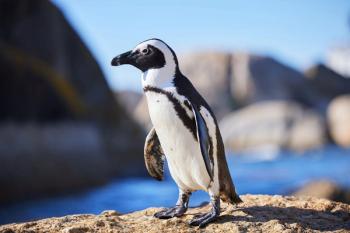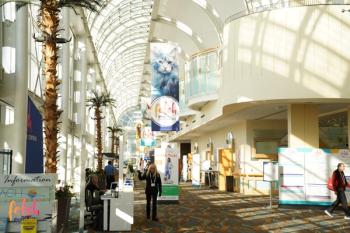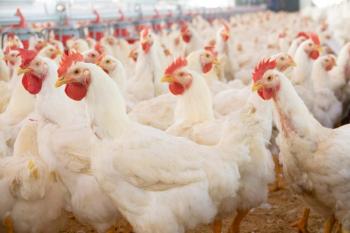
From the lens of a veterinarian: Bornean orangutan (man of the forest)
Veterinarian and wildlife photographer recounts traveling to the Bornean orangutan's native land to witness this curious creature firsthand
My first exposure to our distant cousin was at the Sun Surf Animal Hospital in California in 1983. The orangutan I examined was named C J, one of various orangutans featured in the Clint Eastwood movie, Every Which Way but Up. In the movie his name was Clyde. His appearance was a special treat for my good clients who would rush in when called and were entertained watching C J in a reception area chair.
That experience inspired me to take trips to the island of Borneo in 1991 and 2012 to see the highly endangered wild orangutans in their native habitat. On both trips, I went to Camp Leakey (named after anthropologist Lewis Leakey) in Tanjung Puting National Park. Below are the details from my 1991 trip.
Our guides at Camp Leakey were called “Dayaks.” They were born in the rainforest and had intimate knowledge of everything jungle. We were not allowed to leave Camp Leakey without one of them accompanying us. They were friendly and warm young men who loved learning everything American.
At Camp Leakey, the accommodations were very basic. All 12 of us shared two rooms and one outhouse, with 9 women in the top room and three men in the bottom.
There was a separate dining area and kitchen. You could order anything you wanted for breakfast, lunch, or dinner—as long as it was rice. We were told about this cuisine ahead of time, so we brought cereal and peanut butter. The peanut butter ended up tasting better than usual after several days of rice 3 times per day.
Camp Leakey was a fascinating place with many “freeloaders” hanging around looking for an opportunity to break into our quarters and steal some food when we were out looking for their wild friends. Despite our best defensive efforts, one animal managed to get in and found someone’s bottle of Pepto Bismol and used it to redecorate the room.
Our days started at 4 AM as we headed into the dark rainforest with our Dayak guides to “hammock” under an occupied leaf nest high in a tree made by an orangutan the night prior. Headlamps weren’t allowed during our walk to the nest because the Dayaks said, “it would ruin our night vision.” By 5 AM we were in our hammocks under the nest nodding back to sleep in the dark, quiet rainforest.
The 6 am alarm clock for us and the orangutan under observation was a cacophony of noise from the cicadids and gibbons. As the racket subsided, the orangutan left its nest and moved through the trees with ease. We craned our necks as we followed it all day, resting in our hammocks whenever it rested. At 6 pm we made the long walk in the dark back to dinner, struggling to follow in the footsteps of the hungry and fleet young Dayaks.
At the end of a busy day, we had dinner with our group, Dayak guides, and researchers from all around the world. It was quite intellectually stimulating to be in the midst of conversations with experts in various fields.
Deforestation made it difficult for the female orangutans with young to find adequate food. To supplement their diet, the staff fed them a concoction of milk and rice at 4 pm every day. These females would hang out (literally) in the trees near the feeding platform awaiting the food.
Large male orangutans were in these trees in search of a female to mate with. When they came down from the trees to the feeding platform, all the other orangutans would scatter.
The large male orangutans weighed 300 lbs and had the strength of 8 men. There was always an element of feeling in danger when around them, so it was imperative a Dayak was with you when they were near. Whenever I was close to one, I could never get out of my mind the thought that this was a person in a costume by the way they acted!
As the only veterinarian in the group, I was assigned to examine the orphaned baby orangutans. Their mothers were killed by poachers that would sell the babies to private citizens, or they were killed by people who were logging the trees for wood. This logging led the way to devastating deforestation due to planting of palm oil trees.
Learn more about this trip and see additional photos
Newsletter
From exam room tips to practice management insights, get trusted veterinary news delivered straight to your inbox—subscribe to dvm360.





